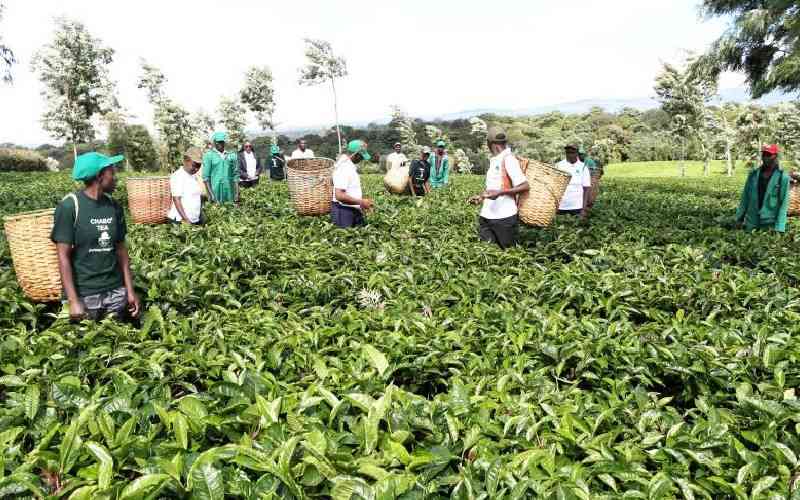By ABIGAEL SUM
Kenya’s dream of achieving food security will remain elusive due to invasion of vast fertile lands by tsetse flies.
Kenya Tsetse and Tryponosomiasis Eradication Council says the national food security project in Galana-Kulalu model farm will not be realised unless tsetse flies and trypanosomiasis are eradicated.
“The success of the Galana irrigation scheme will only be achieved with the control of tsetse flies. We want the potential of this project fully exploited,” said KENTTEC chairman Gideon Nzau.
He added: “Fertile lands infested by tsetse flies would remain unutilised for farming, livestock production, human settlement and tourism, thereby negatively affecting the country’s economy.”
Kenya is among 36 countries infested by tsetse flies and the coastal region currently leads in tsetse fly densities as eradication measures are yet to be fully implemented.
“Galana is heavily infested with the vector. It is estimated to be infested with 1,000 flies per square Kilometre. Pastoralism is the major income earner in the area and Nagana disease is a hindrance. The farmers in these areas use their money treating these animals but if tsetse flies infestation is controlled, they will no longer waste income on treatment and would divert it to other uses,” he said. Currently, only eight counties are considered free from tsetse flies. They include Nyandarua, Nyeri, Nairobi, Embu and Kiambu.
Lake Victoria, Lake Bogoria-Baringo, Meru-Mwea, Coast, Narok-Kajiado, Isiolo-Samburu and Isolated fly belts in Moyale, Wajir, Turkana, Marsabit and Mandera are some of tsetse infested regions.
Surveillance
“We are seeking to establish structures in all the counties in collaboration with county governments to disperse new methods of eradicating this menace,” he pointed out.
KENTTEC will undertake a new assessment this year to determine the status of tsetse flies infestation in the country.
“Surveillance needs to be enhanced in areas considered to be tsetse flies free in order to avoid re-infestation which may result from climate change, movement of animals among other reasons,” he noted.
Tsetse flies are known to cause diseases like sleeping sickness or trypanosomiasis (human) and Nagana (animals.
Stay informed. Subscribe to our newsletter
 The Standard Group Plc is a
multi-media organization with investments in media platforms spanning newspaper
print operations, television, radio broadcasting, digital and online services. The
Standard Group is recognized as a leading multi-media house in Kenya with a key
influence in matters of national and international interest.
The Standard Group Plc is a
multi-media organization with investments in media platforms spanning newspaper
print operations, television, radio broadcasting, digital and online services. The
Standard Group is recognized as a leading multi-media house in Kenya with a key
influence in matters of national and international interest.
 The Standard Group Plc is a
multi-media organization with investments in media platforms spanning newspaper
print operations, television, radio broadcasting, digital and online services. The
Standard Group is recognized as a leading multi-media house in Kenya with a key
influence in matters of national and international interest.
The Standard Group Plc is a
multi-media organization with investments in media platforms spanning newspaper
print operations, television, radio broadcasting, digital and online services. The
Standard Group is recognized as a leading multi-media house in Kenya with a key
influence in matters of national and international interest.







